West Texas holds some of America’s most pristine night skies, where minimal light pollution reveals celestial displays largely invisible to urban dwellers. The vast, sparsely populated landscapes create perfect conditions for stargazing, with dry desert air providing exceptional atmospheric clarity for observing astronomical phenomena.
Here is a list of 20 remarkable dark-sky destinations across West Texas where visitors can experience the awe-inspiring majesty of truly dark skies and the natural wonders they reveal.
McDonald Observatory
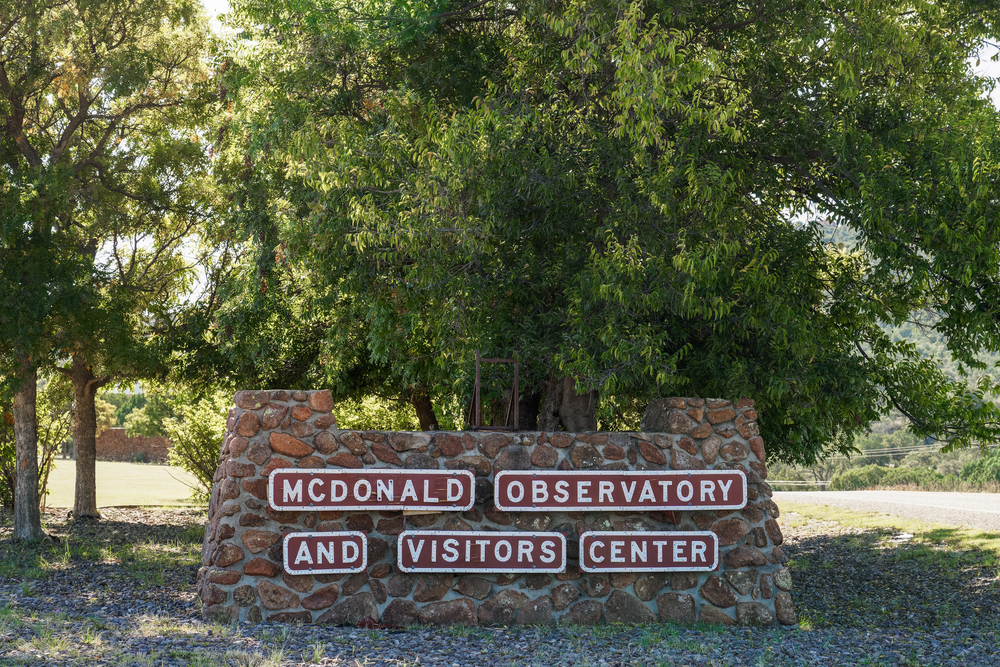
Perched atop Mount Locke in the Davis Mountains, this world-class research facility houses some of the world’s most powerful telescopes, which are accessible to the public through guided viewing sessions. Their famous Star Parties offer visitors opportunities to observe planets, nebulae, and distant galaxies through various telescopes, while astronomy educators provide context for these celestial wonders.
During daytime hours, guided tours of the massive research telescopes explain how astronomers use these sophisticated instruments to study the universe.
Big Bend National Park

This remote park earned Gold-Tier International Dark Sky Park status for its extraordinary night skies, among the darkest measured in any national park. Rangers offer regular night sky programs, during which visitors gather at scenic overlooks to observe constellations and learn about celestial navigation techniques used by Indigenous peoples and early settlers.
The park’s famous Balanced Rock formation creates dramatic foreground silhouettes for astrophotography against star-filled skies.
Like Travel Pug’s content? Follow us on MSN.
Davis Mountains State Park
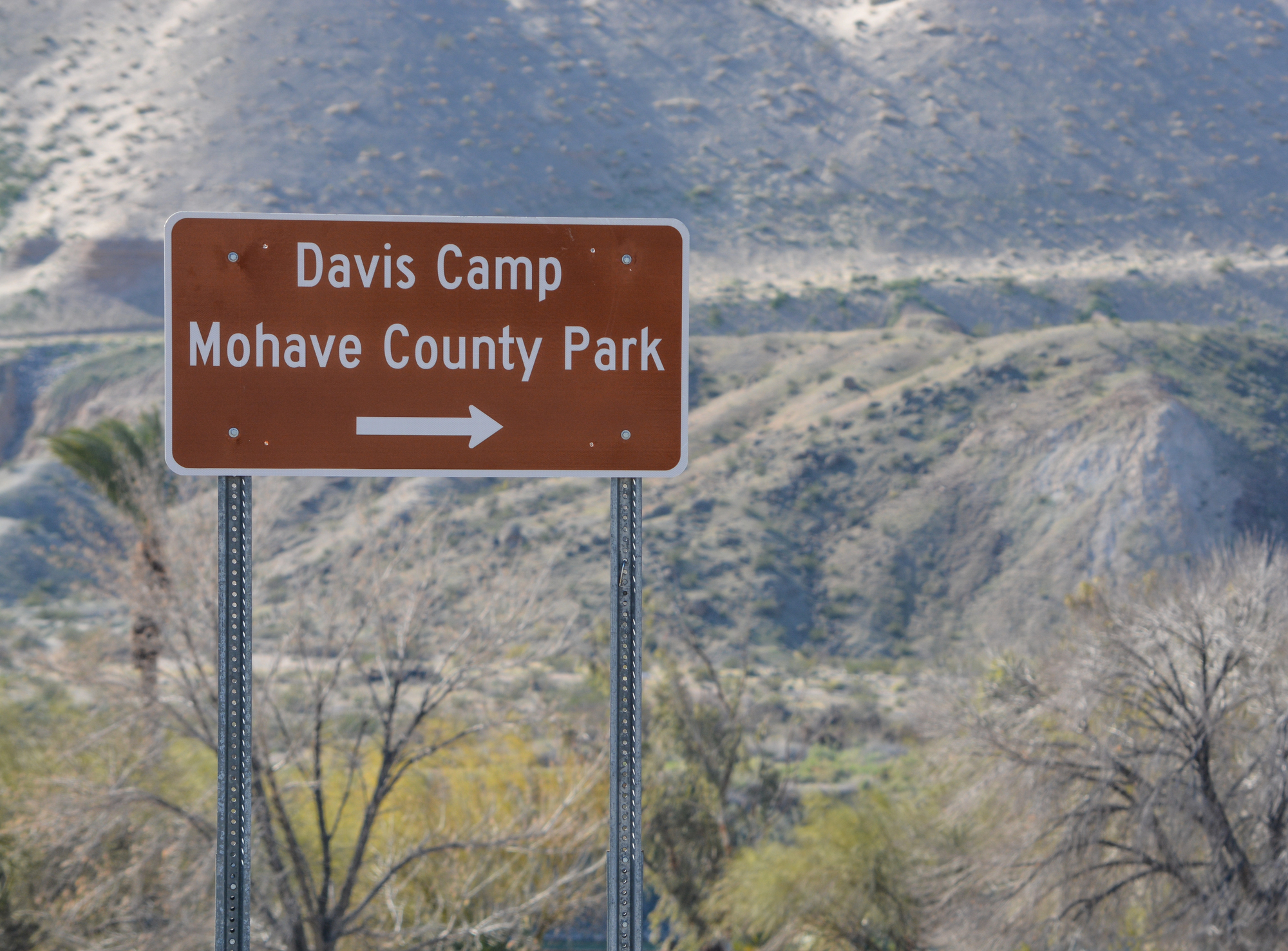
This accessible state park offers designated stargazing areas where vehicle headlights are prohibited after sunset to preserve night vision. The park’s Interpretive Center hosts monthly star parties with loaner telescopes available for visitors who haven’t brought their equipment.
The relatively high elevation provides cooler summer temperatures than the surrounding lowlands, making comfortable nighttime viewing possible even during warmer months.
Guadalupe Mountains National Park
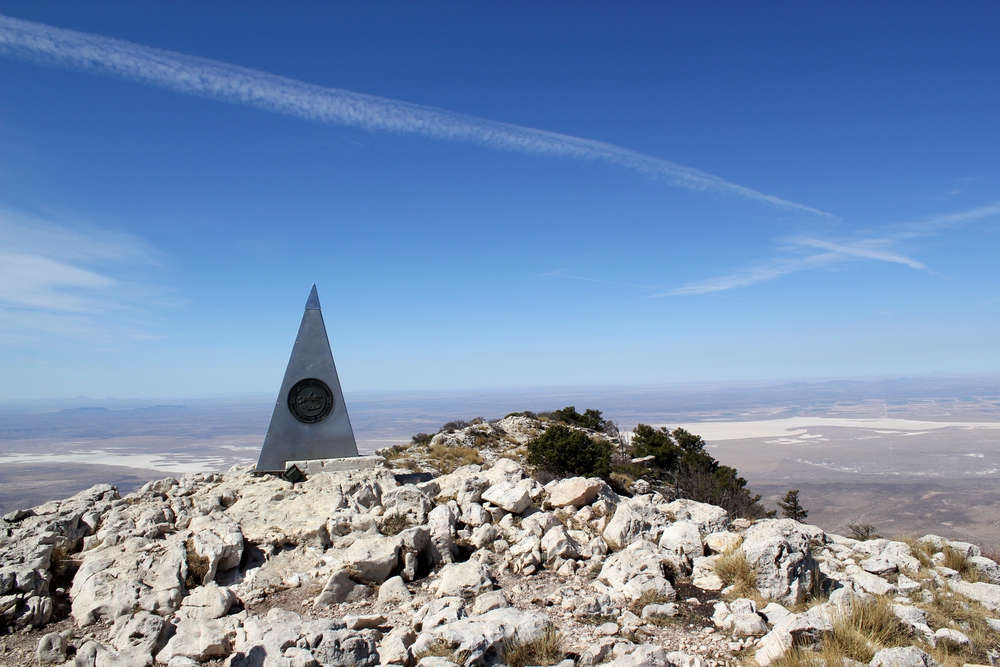
This dramatic mountain range rising from the Chihuahuan Desert floor provides exceptional dark skies paired with unique geological formations. Park rangers conduct seasonal astronomy programs at the Pine Springs amphitheater, where the Milky Way appears to pour over El Capitan peak during summer months.
The remote location near the New Mexico border ensures minimal light pollution even as surrounding communities continue growing.
Chinati Foundation in Marfa

This contemporary art museum, founded by minimalist artist Donald Judd, includes large-scale outdoor installations specifically designed to interact with the changing desert light. Evening viewing hours for certain installations allow visitors to experience how starlight and moonlight transform the massive concrete and aluminum works through subtle illumination changes.
The juxtaposition of precise human-made geometry against the chaotic natural starscape creates a uniquely contemplative experience.
Like Travel Pug’s content? Follow us on MSN.
Balmorhea State Park
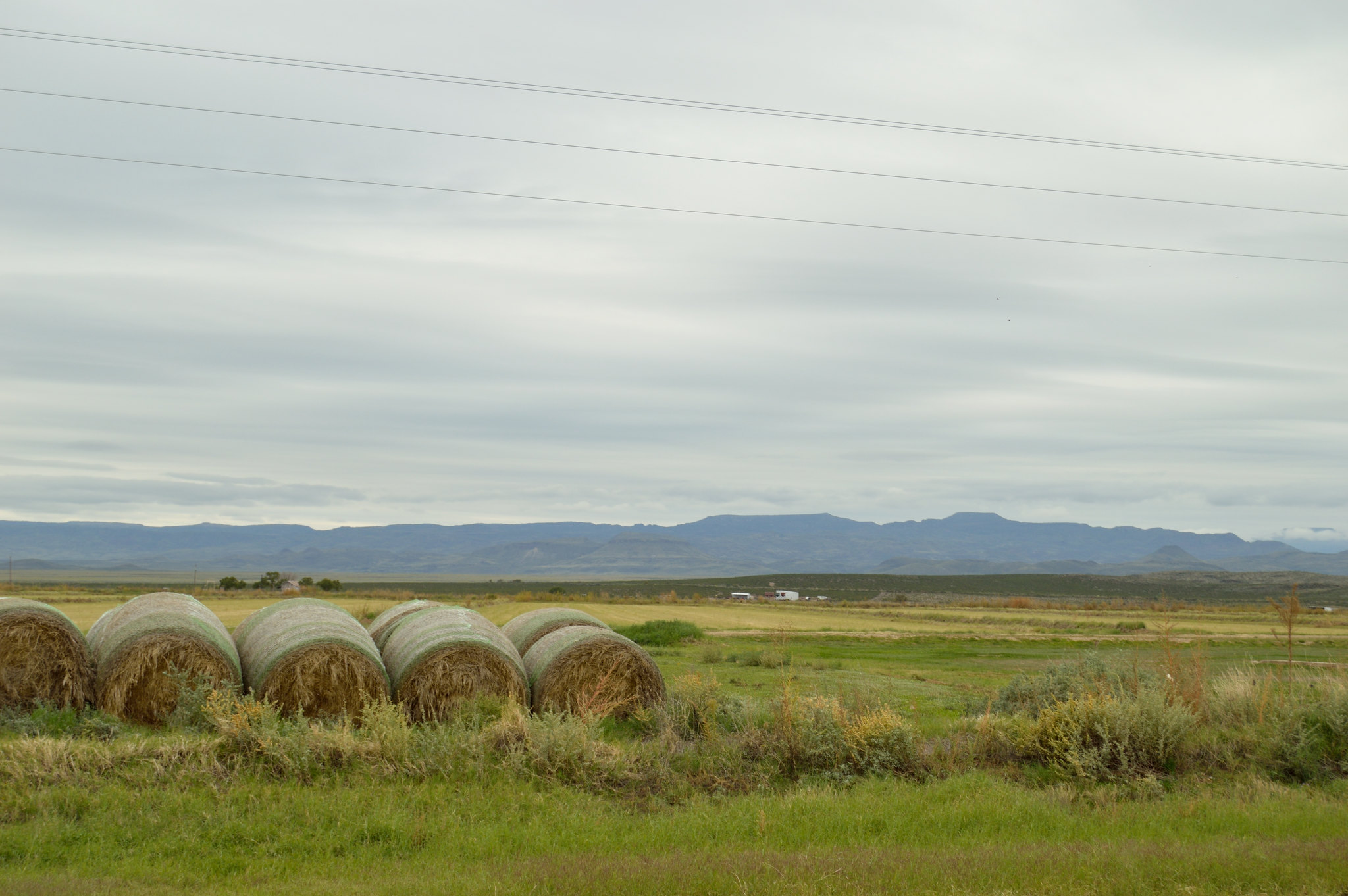
This desert oasis, centered around the world’s largest spring-fed swimming pool, offers excellent stargazing opportunities from the adjacent campground and picnic areas. The park sometimes drains the pool overnight for maintenance, creating a massive reflective surface that spectacularly mirrors the star-filled sky.
The surrounding scrubland provides unobstructed 360-degree horizon views with minimal tree cover to block celestial objects.
Fort Davis National Historic Site
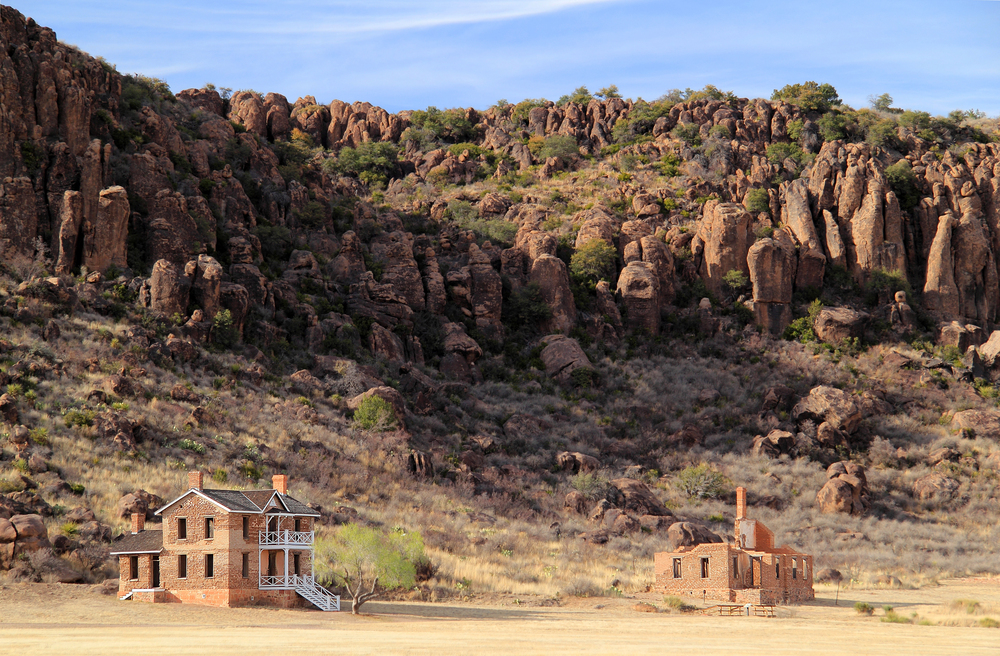
This well-preserved frontier military post occasionally hosts nighttime tours, during which interpreters explain how soldiers navigated using celestial positioning long before modern technology existed. The parade ground serves as an excellent viewing platform surrounded by historic buildings that block peripheral light sources from nearby communities.
Seasonal candlelight tours demonstrate how different the night sky appeared when artificial lighting meant only oil lamps and campfires.
Terlingua Ghost Town
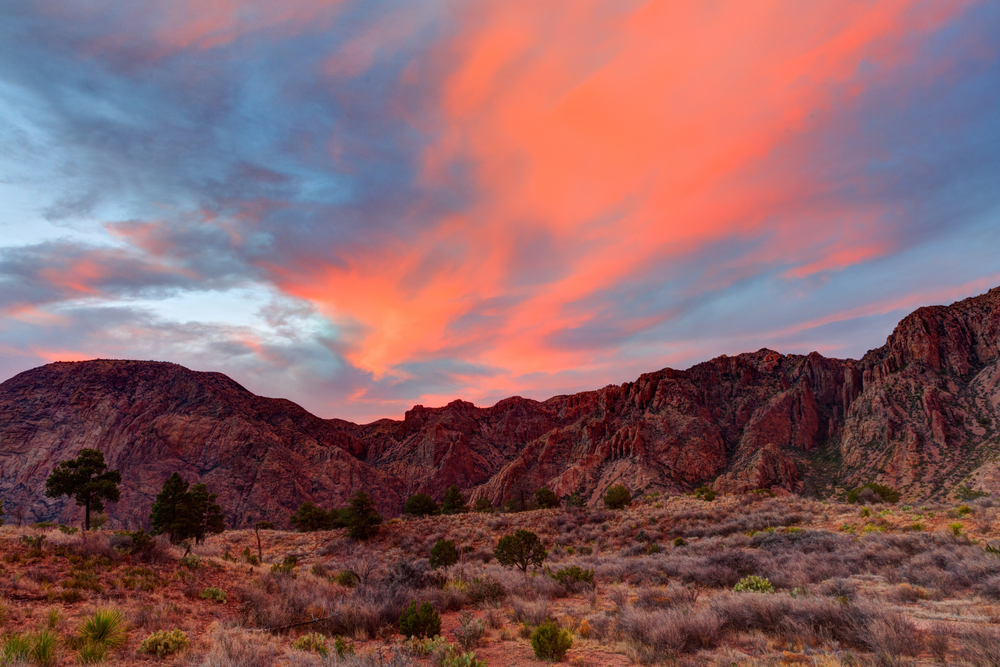
This former mining community near Big Bend offers stargazing from crumbling adobe ruins that create haunting foreground elements for night photography. The Starlight Theatre restaurant provides a gathering spot where amateur astronomers share telescope views with visitors while enjoying local cuisine and live music.
The surrounding undeveloped desert ensures exceptional darkness with numerous unmarked dirt roads leading to isolated viewpoints perfect for serious astrophotography.
Like Travel Pug’s content? Follow us on MSN.
Monahans Sandhills State Park
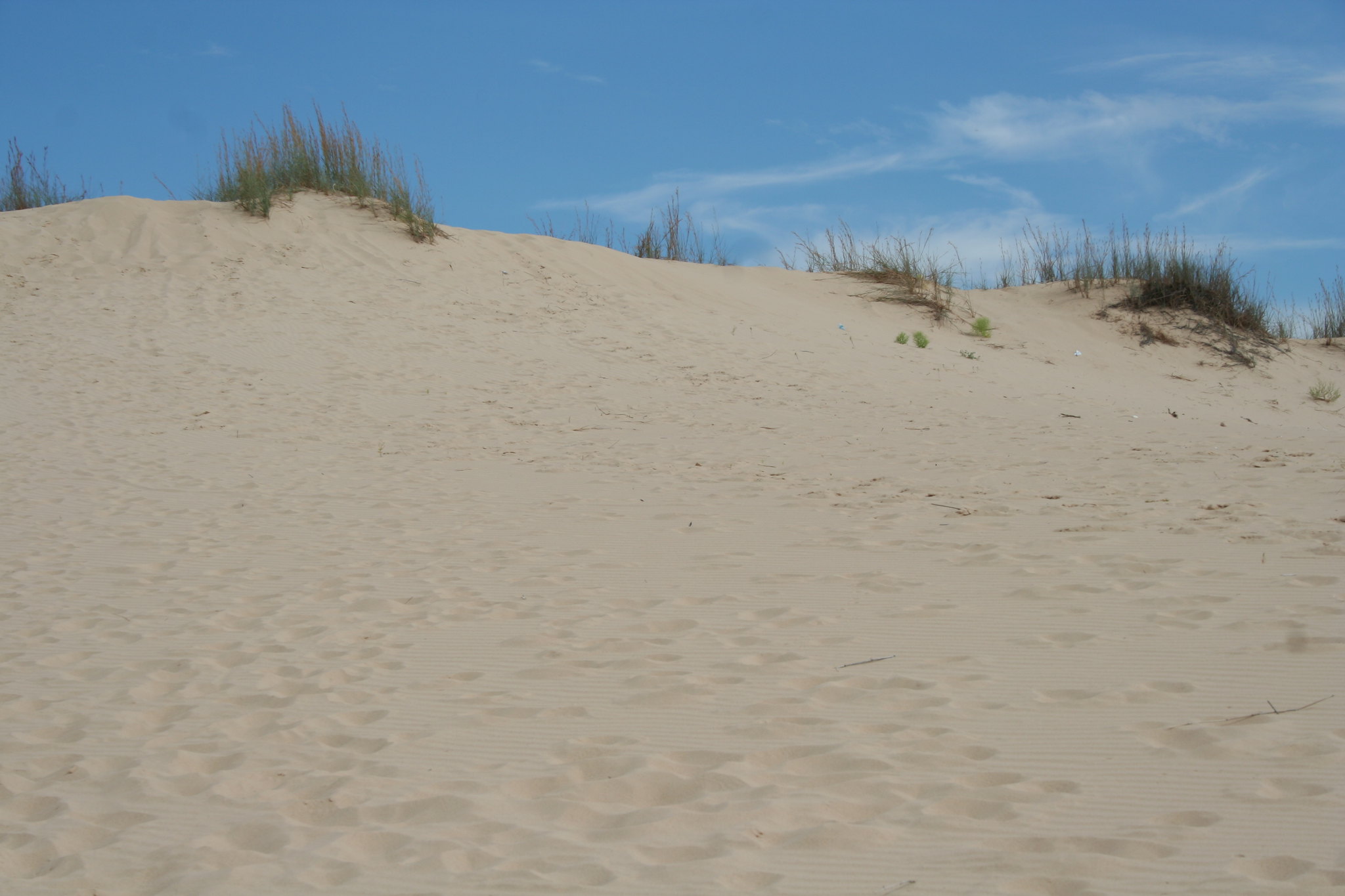
These pristine dunes spanning 3,840 acres create naturally elevated viewing platforms with unobstructed horizons in all directions. The light-colored sand reflects moonlight dramatically, providing sufficient illumination for nighttime walks without requiring artificial lights that would diminish night vision.
Park rangers occasionally organize Full Moon parties where visitors experience how surprisingly bright even a quarter moon appears in truly dark conditions.
Chihuahuan Desert Research Institute

This scientific facility includes interpretive trails focusing on desert astronomy and the relationship between native cultures and celestial observation. Their outdoor classroom areas host regular stargazing programs with educational components explaining how ancient peoples used astronomical alignments for agricultural planning.
The visitor center features exhibits on light pollution’s impact on wildlife behavior and human health.
Marathon’s Post Park

This small county park outside Marathon serves as a gathering spot for amateur astronomers who appreciate its accessible location and minimal facilities that keep light pollution to a minimum. The simple camping area allows overnight stays for serious stargazers wanting to observe throughout the night as different celestial objects rise and set.
Local astronomers often bring telescopes to share with visitors during major meteor showers and astronomical events.
Like Travel Pug’s content? Follow us on MSN.
South Llano River State Park
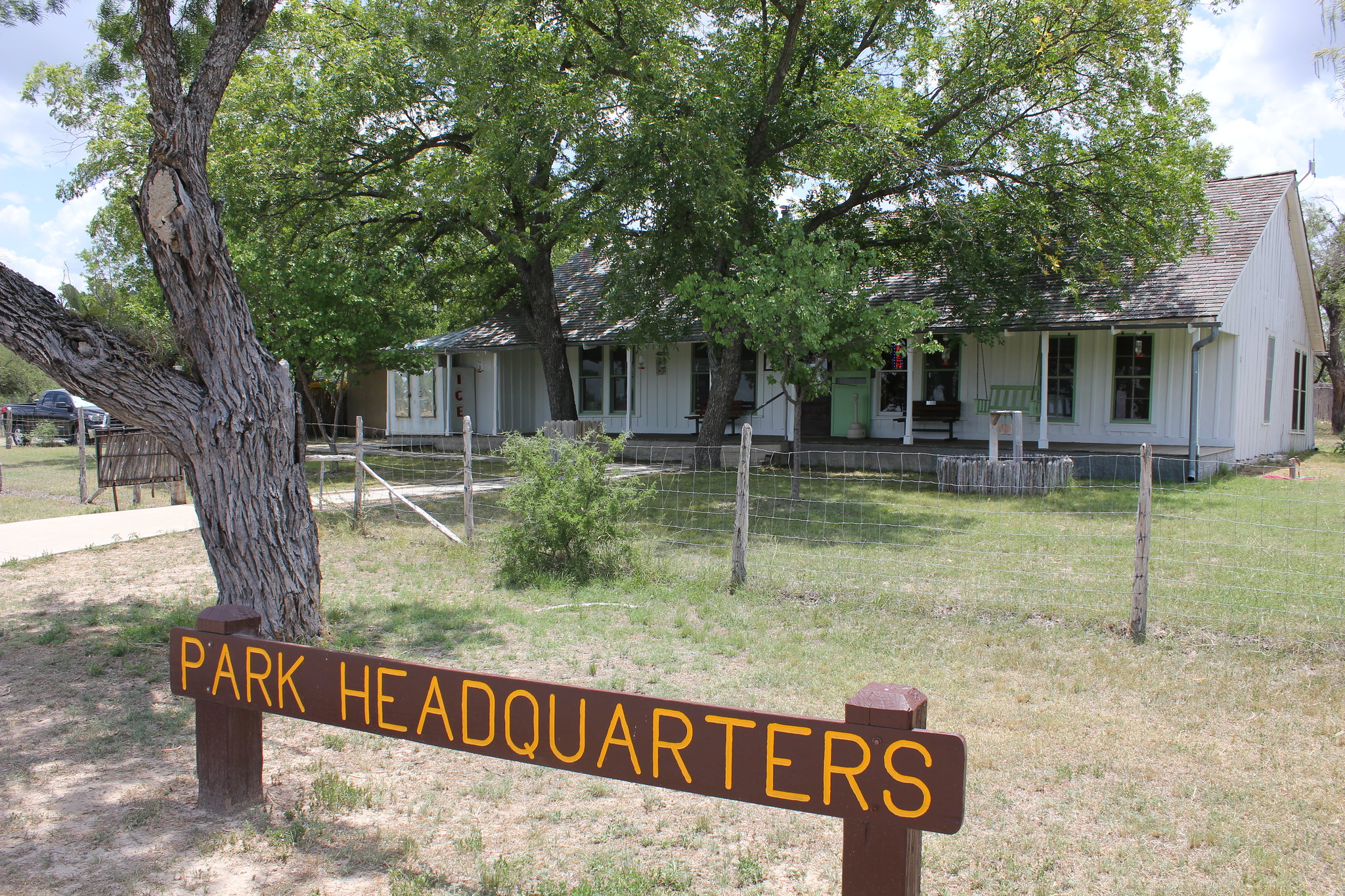
This dark-sky park maintains strict lighting ordinances within its boundaries, providing excellent stargazing from multiple river access points where water surfaces reflect starlight. Park naturalists conduct regular constellation tours focusing on how wildlife uses celestial navigation during seasonal migrations.
The park’s location in a valley creates natural shielding from distant light sources while still offering expansive sky views.
Presidio County Courthouse in Marfa
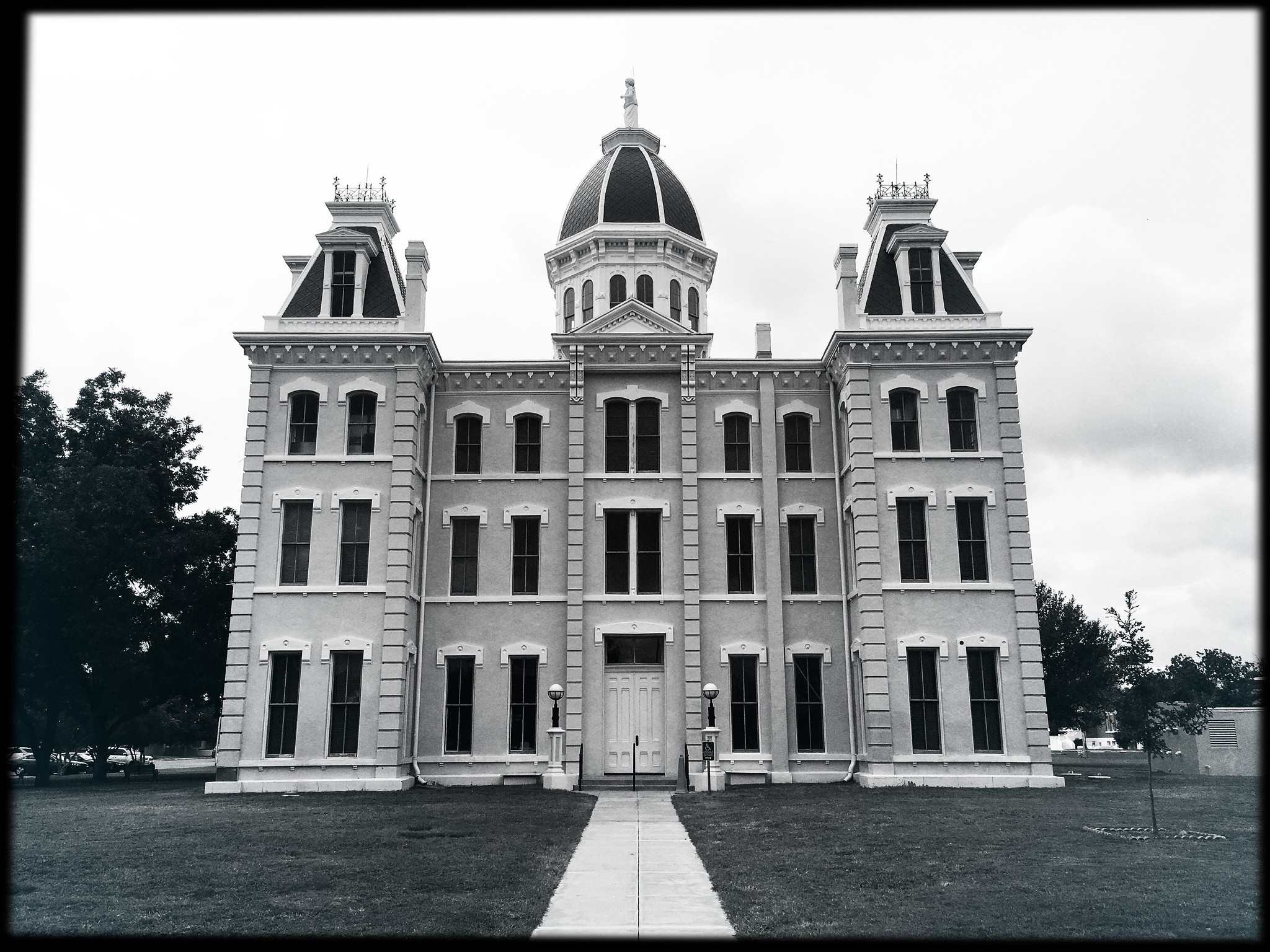
The manicured lawn surrounding this historic courthouse provides an accessible urban stargazing location within walking distance of downtown accommodations and restaurants. The courthouse’s distinctive pink facade takes on an ethereal quality under moonlight, while the surrounding square offers good horizons despite being within town limits.
Amateur astronomers often gather informally on clear nights, welcoming visitors to peek through their equipment.
Lake Amistad Recreation Area

This massive reservoir straddling the U.S.-Mexico border offers exceptional stargazing opportunities from waterfront campsites and boat-in primitive camping areas inaccessible by road. The extensive water surface creates dramatic reflections of the Milky Way that appear to double the sky’s vastness on calm nights.
Boaters can experience rare 360-degree dark horizons from the lake center, where no land-based lights intrude upon perfect darkness.
Like Travel Pug’s content? Follow us on MSN.
Alamito Creek Preserve
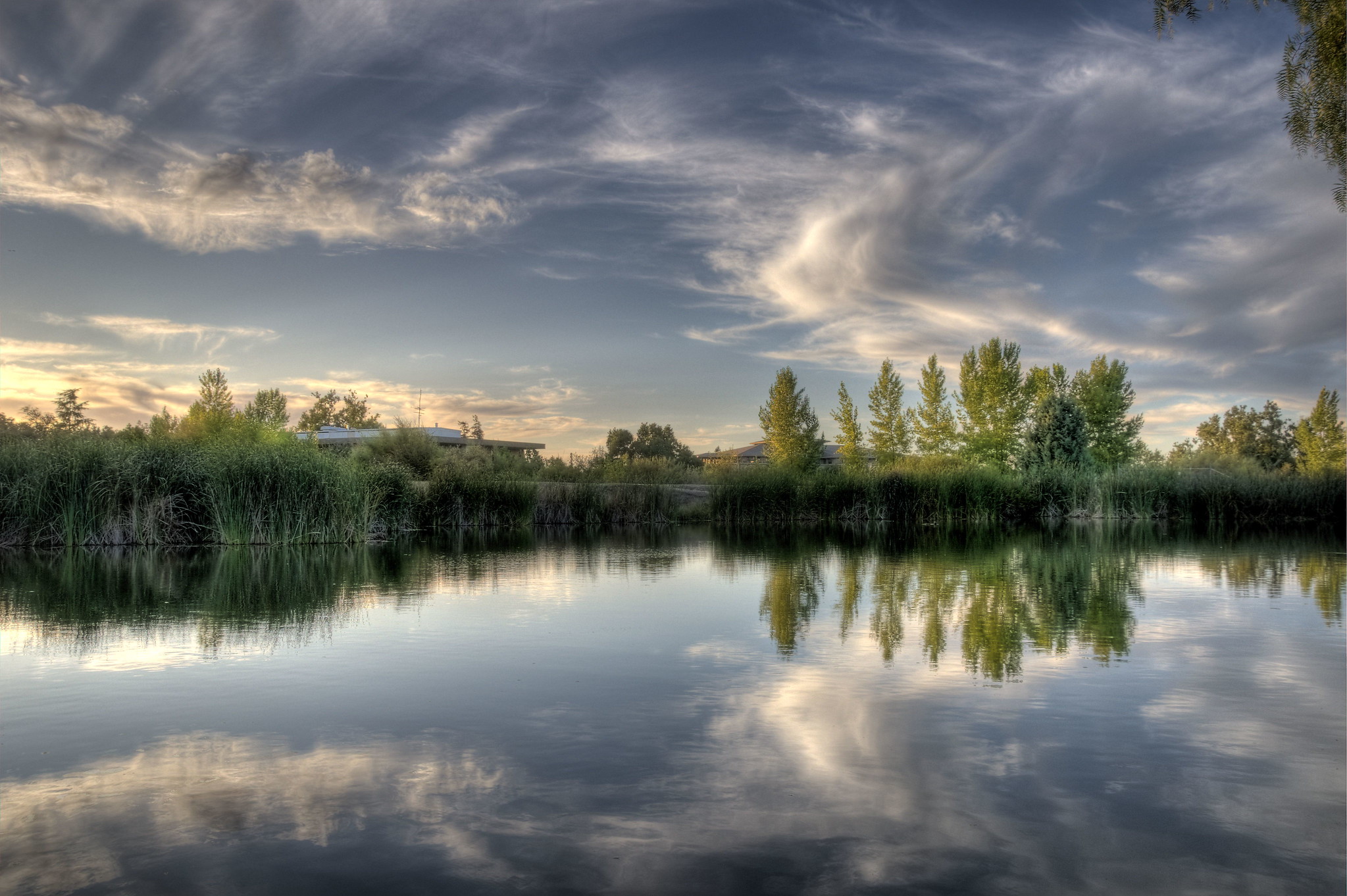
This Nature Conservancy property near Marfa provides scheduled nighttime access to members for astronomy events in an environment managed for native habitat restoration. Their astronomy platforms minimize impact on fragile desert soils while providing stable bases for sensitive telescope equipment requiring precise adjustment.
The preserve’s educational programs emphasize connections between dark sky preservation and wildlife conservation efforts.
Chinati Mountains State Natural Area
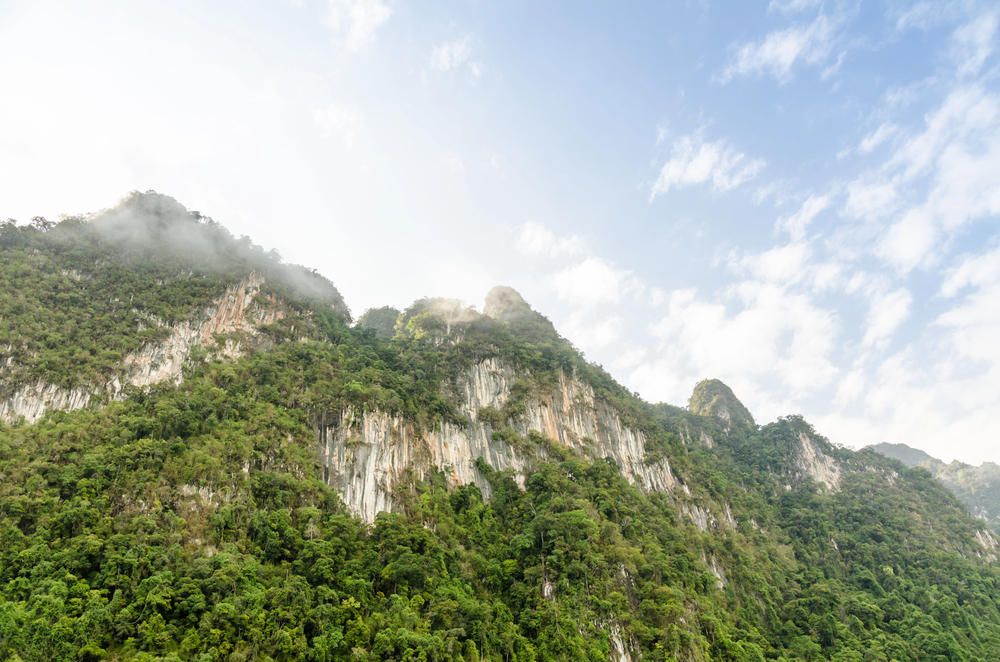
This rugged, minimally developed site offers ambitious stargazers truly pristine skies in extremely remote terrain requiring high-clearance vehicles and desert travel experience. The complete absence of developed facilities ensures absolute darkness, attracting serious amateur astronomers willing to pack in all necessary equipment.
The challenging access limits visitor numbers, preventing the site from becoming overcrowded during major celestial events.
Hueco Tanks State Park

This ancient cultural site features distinctive rock formations containing pictographs that some archaeologists believe record astronomical observations by indigenous inhabitants. Evening programs explore these connections between ancient peoples and celestial cycles, while the large parking area serves as a designated stargazing location.
The massive rock formations shield observers from El Paso’s distant light dome to the west.
Caprock Canyons State Park
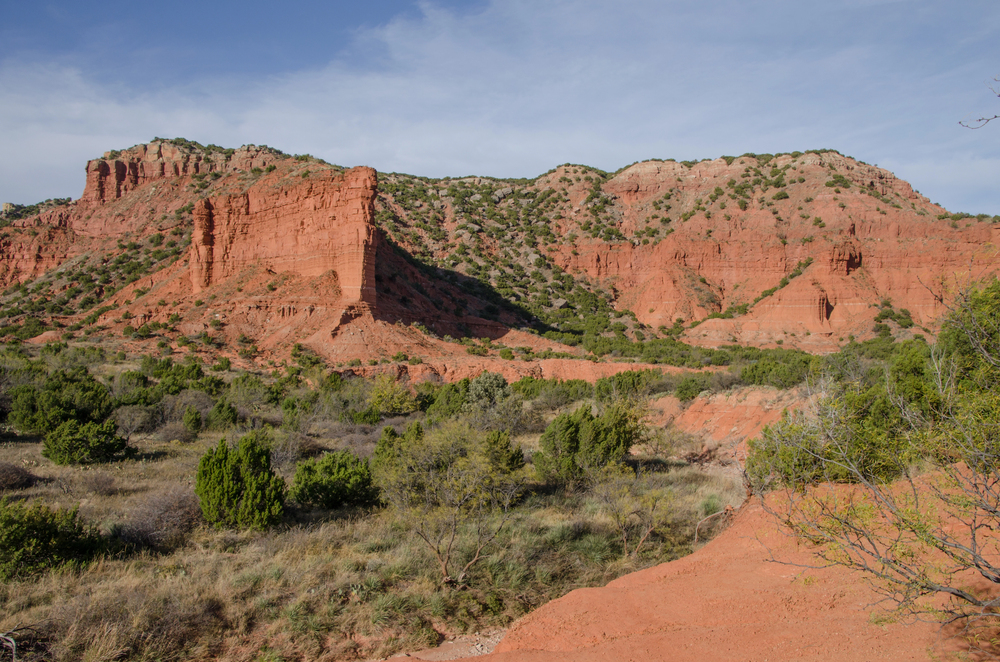
This dramatic landscape on the eastern edge of the Llano Estacado escarpment features colorful canyon walls that glow under moonlight while offering protection from wind during nighttime observation sessions. The park maintains minimal lighting at its campgrounds and visitor facilities to preserve natural darkness throughout the property.
Seasonal meteor shower events attract visitors who appreciate the park’s red rock formations as photogenic foreground elements.
Sitting Bull Falls Recreation Area
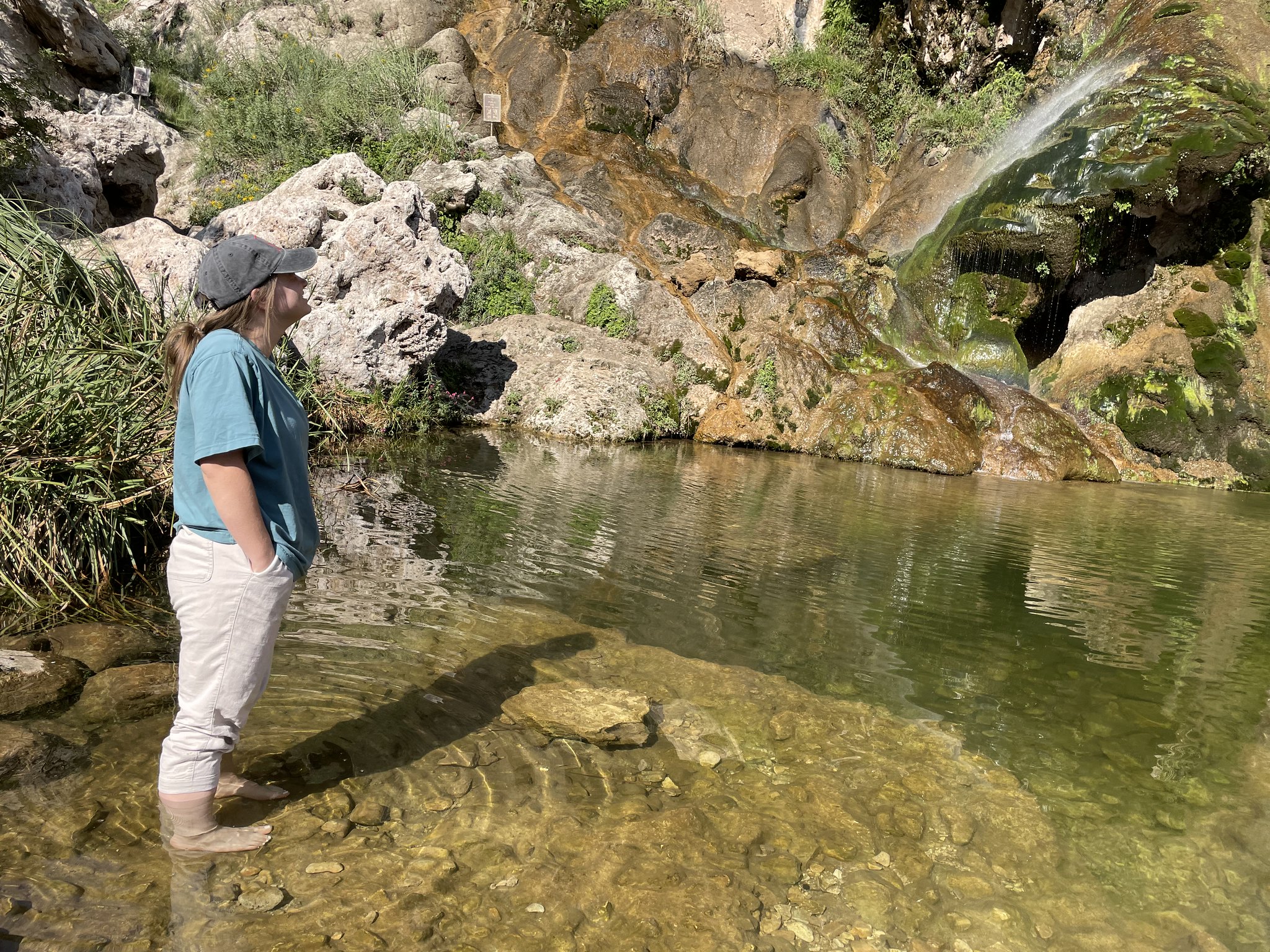
This hidden oasis in Guadalupe National Forest features waterfall-fed pools surrounded by steep canyon walls that frame narrow but spectacular views of the night sky. The limited horizons actually benefit observers by blocking distant light sources, while the sound of falling water creates a meditative atmosphere for contemplative stargazing.
The site’s relatively unknown status keeps crowd sizes manageable even during peak viewing events.
Marfa Lights Viewing Area

This roadside park, established to observe the famous unexplained Marfa Lights phenomenon, doubles as an excellent general stargazing location. The elevated viewing platform includes informational panels about both the mysterious lights and recognized astronomical features visible from the site.
Visitors often arrive hoping to witness the unexplained lights but stay for hours captivated by the extraordinary stargazing conditions found at this accessible location.
The Universe At Your Fingertips

West Texas preserves something increasingly rare in our modern world—truly dark night skies where the full splendor of our universe remains visible to the unaided eye. These accessible viewing locations offer travelers opportunities to reconnect with the celestial wonders that inspired human curiosity throughout history.
Whether you’re a serious amateur astronomer with specialized equipment or simply someone who appreciates natural beauty, these dark sky destinations reveal cosmic perspectives that inevitably transform our understanding of our place within the vastness of space.
More from Travel Pug

- Cities Growing so Fast You Won’t Recognize Them in 10 Years
- 13 Destinations Where Tourists Regularly Regret Their Trip
- 16 U.S. Cities That Are Quietly Becoming Travel Hotspots
- Where to Travel If You Love Long Bus Rides and Daydreams
- 20 Cities Perfect for Solo Travelers Who Crave Adventure & Culture
Like Travel Pug’s content? Follow us on MSN.
